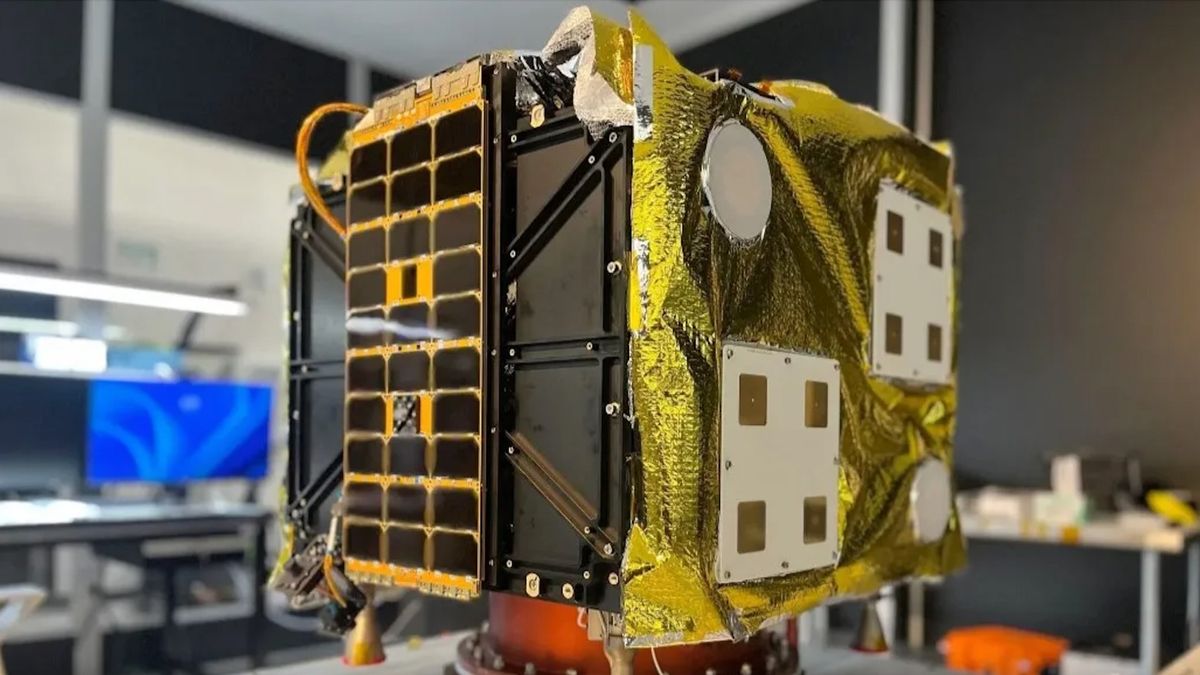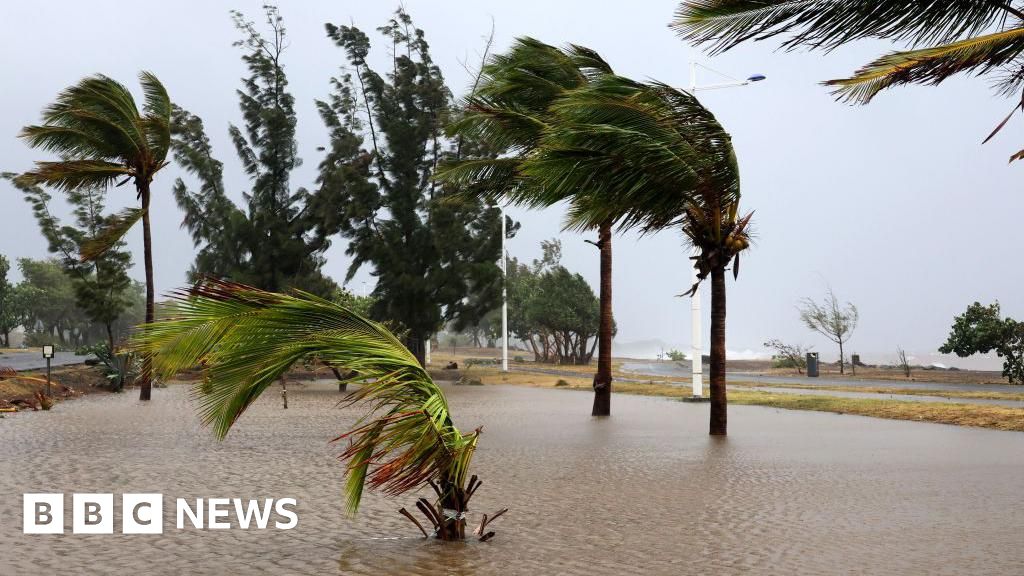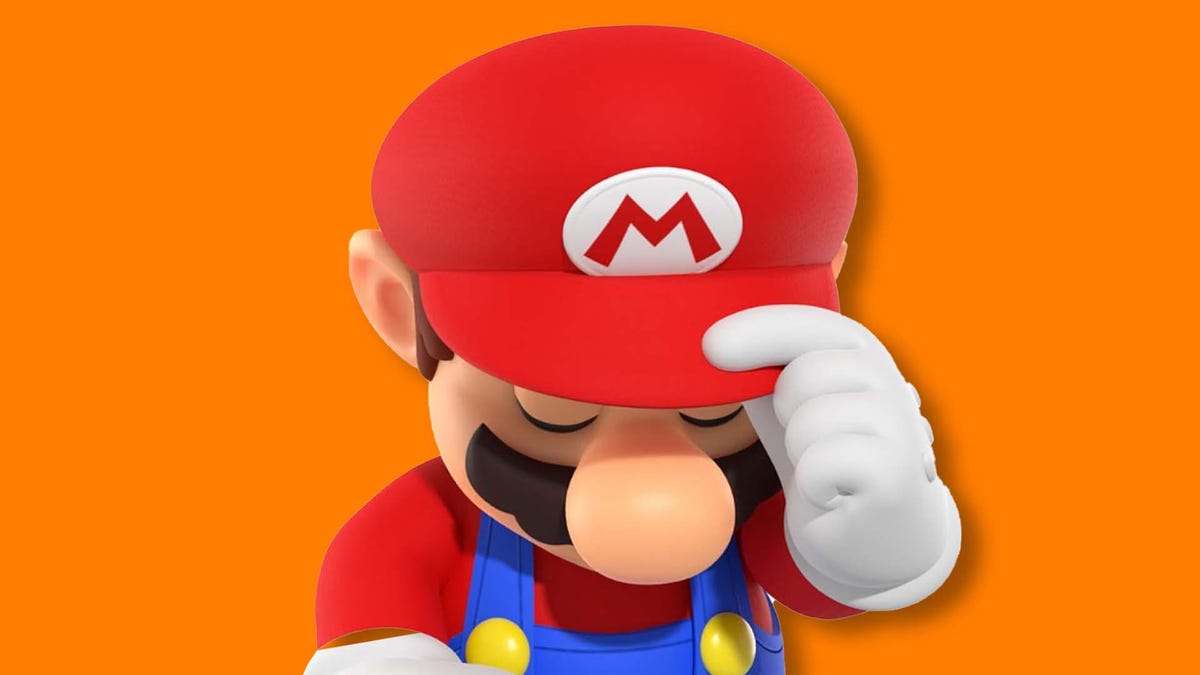
PHOENIX, Ariz. — The introduction of the automated ball-strike system, often referred to as the “robo ump,” could spell the end for K-Zone.
On Thursday, Major League Baseball (MLB) will deploy the automated ball-strike system (ABS) for the first time in a major league spring training game. This system comes after four years of trials in minor leagues. ABS utilizes camera technology to assist umpires in determining whether pitches are balls or strikes.
This advanced system won’t be used for every single pitch. Each team will have the opportunity to issue two challenges per game. Notably, teams retain their challenges if they successfully call for a review. However, if ABS becomes a full-time fixture in the major leagues by 2026, televised baseball could undergo significant changes.
MLB expresses concerns that the digital strike zone display, which has been a staple since ESPN introduced K-Zone in 2001, might diminish the effectiveness of the ABS. This visual representation of the strike zone has been replicated in nearly every baseball broadcast, regardless of network. As a response, the league is contemplating reducing or possibly eliminating the visual box from broadcasts altogether.
“The strike-zone display we show on air and in our app may conflict with our current challenge procedures,” stated Morgan Sword, MLB’s Executive Vice President for Baseball Operations, during a press conference on Tuesday. “If viewers can see in real-time that a pitch is a strike, it diminishes the tension and excitement, effectively reducing the need for a challenge.
“Additionally, there’s the issue of fairness. With large screens around stadiums broadcasting the game, it wouldn’t be challenging for fans to relay information to players, which is something we want to avoid.”
The procedures for challenging ball-strike decisions differ from existing challenges in other gameplay scenarios within the major leagues. The potential for cheating with ABS is a specific concern.
To initiate an ABS challenge, the pitcher, catcher, or batter must do so immediately after the pitch, with only a brief window for response. Challenges cannot be supported by teammates or video reviews. In contrast, reviews for plays like safe/out calls allow teams to consult video feeds before deciding.
Umpires hold the discretion to deny ABS challenges; during minor league testing, there were instances where umpires rejected challenges if players took too long or suspected outside assistance from the dugout.
While MLB is open to keeping the strike-zone graphic on television, it may need to adjust its appearance. The league plans to experiment with various options during broadcasts this spring.
“We’re exploring several possibilities,” Sword mentioned. “One option is to show the box without indicating the ball’s location. Another is to display the ball but not the box, and a third option involves softening the box’s edges, which has been tried in some broadcasts.”
In the last approach, only the corners of the strike zone may be visually highlighted.
Even though broadcasters have the final say over their telecasts, it’s unlikely they would disregard a significant request regarding integrity. Sword noted that third-party strike-zone visualizations depend largely on data provided by MLB.
“As I understand it, they base the strike-zone box on information we supply,” he explained. “Recently, we discussed this matter with broadcasters in New York, and they are in agreement. They’re eager to present the game in an engaging way, considering this could influence their broadcasts.”
While the K-Zone may not be as crucial to baseball broadcasts as the yellow first-down line is to football, it is arguably the closest equivalent in baseball.
Is there a clear understanding from MLB regarding fan preferences for the strike-zone box?
“That’s more a question for broadcasters,” Sword responded. “It appears that for casual fans, the box provides a useful reference for understanding balls and strikes. However, those of us deeply involved in the sport often find it frustrating, as it doesn’t precisely align with our evaluation of umpires and can skew fans’ perceptions of the actual strike zone.”
MLB may part ways with a version of K-Zone — specifically the original on ESPN — by 2026, even if ABS is not fully implemented. MLB and ESPN are approaching a March 1 deadline for either party to opt out of their existing national television agreement, which is set to run through 2028. Recent updates did not indicate progress in negotiations.
ESPN did not provide any comments.
The season’s first major spring training game utilizing ABS is scheduled between the Chicago Cubs and Los Angeles Dodgers at 1:05 p.m. MST on Thursday in Arizona.
(Photo: Norm Hall / Getty Images)










